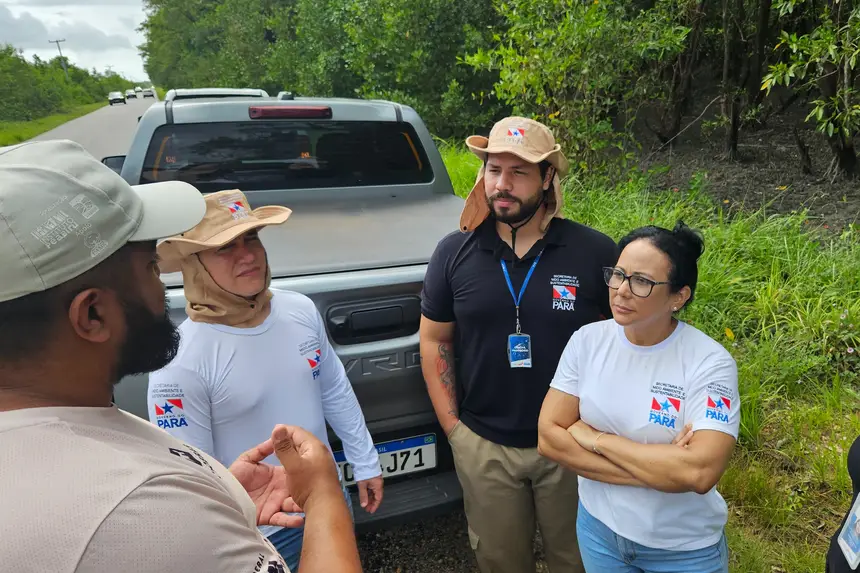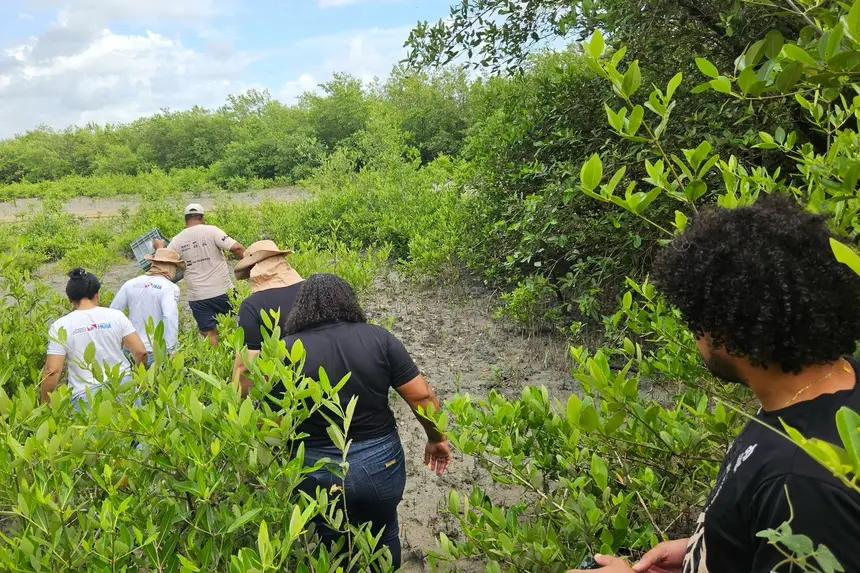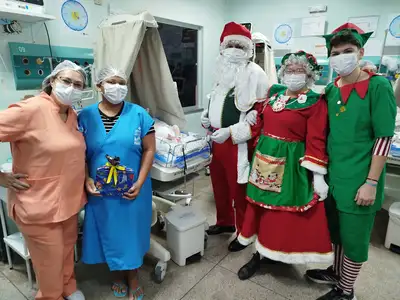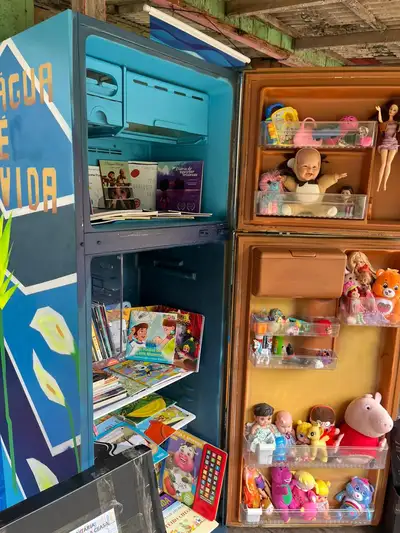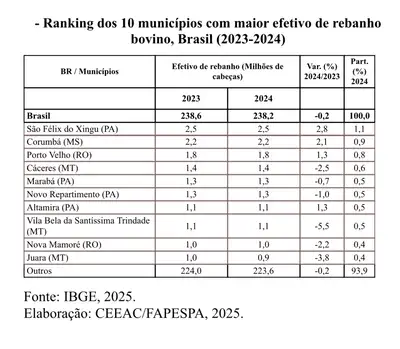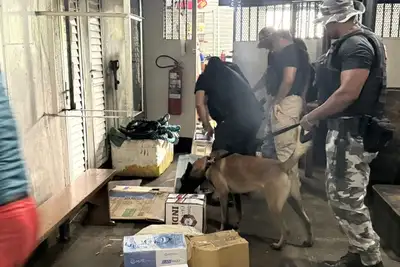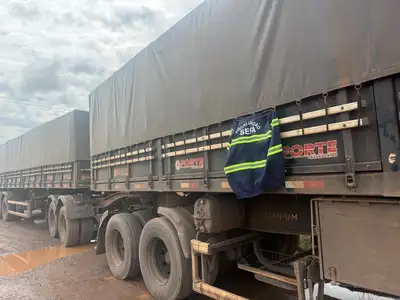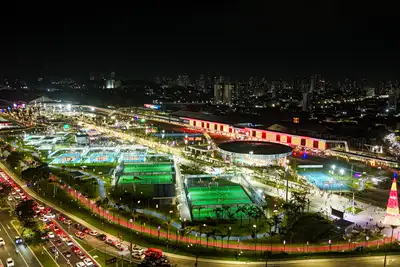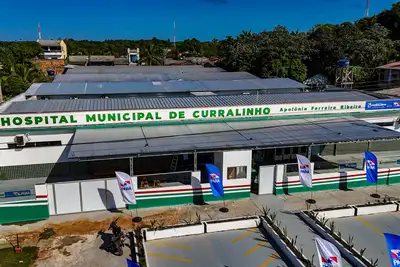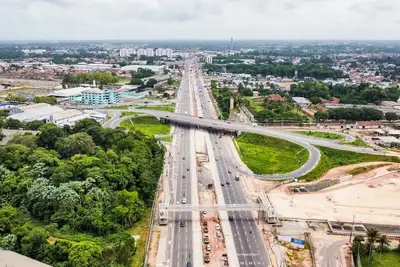Integrated action celebrates the Month of Mangrove Protection with planting in degraded area of Bragança
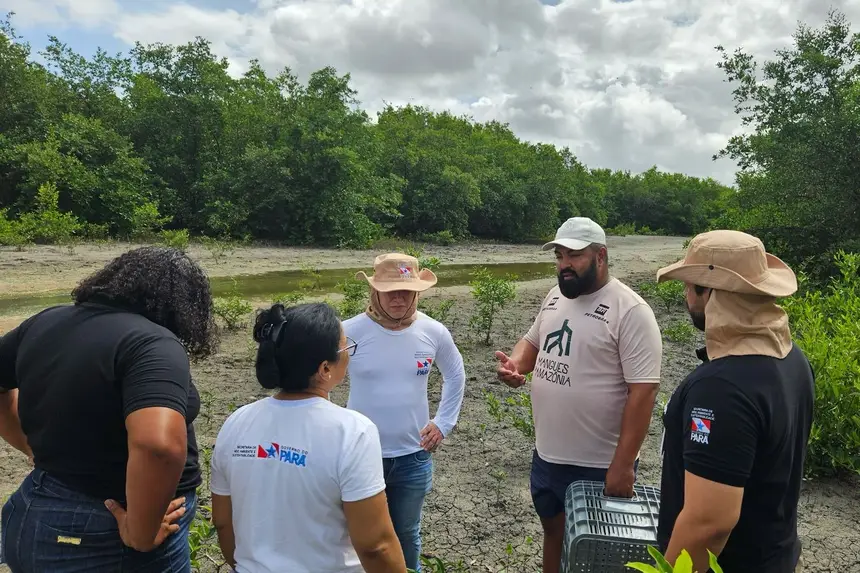
As part of the activities for the Month of Mangrove Protection, a large reforestation action was carried out last week in a degraded area in the municipality of Bragança, northeastern Pará. The initiative involved the planting of mangrove seedlings at km 14 of the PA-458 highway (Bragança-Ajuruteua), bringing together various partners around the recovery of one of the most important ecosystems of the Amazon coast.
The action was promoted in an integrated manner between the Bragança City Hall, through the Special Secretariat for Management and Governance (SEGGOV), the State Secretariat for Environment, Climate and Sustainability (Semas), and the Amazon Mangroves Project. On this occasion, hundreds of seedlings were planted by technical teams, volunteers, and representatives of traditional communities.
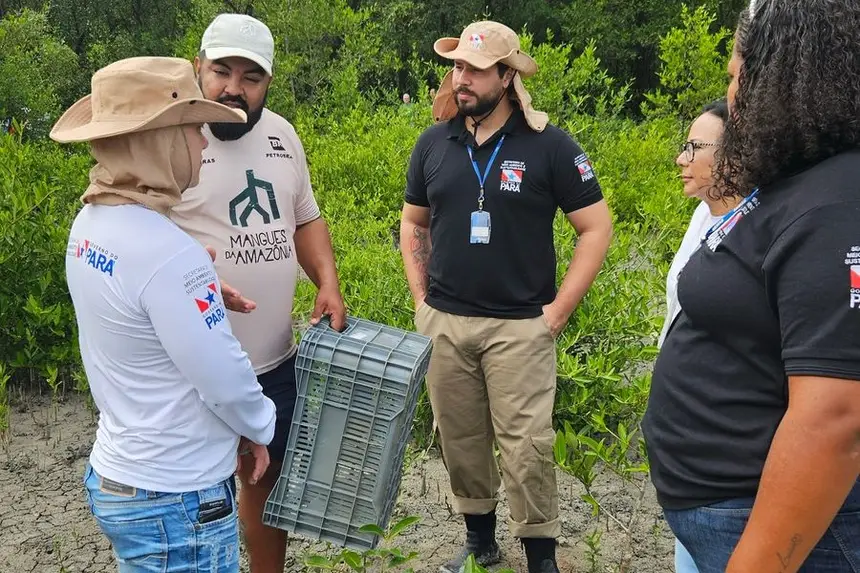
“Conserving and recovering mangroves is an essential action to ensure climate balance, food security for coastal communities, and the preservation of our biodiversity. This integrated initiative reinforces the State's commitment to a participatory agenda and local leadership in climate action,” highlighted the Deputy Secretary for Environmental Management and Regularity of Semas, Rodolpho Zahluth Bastos.
Mangroves, responsible for protecting the coast against erosion, act as natural barriers against extreme events, shelter various aquatic and terrestrial species, and provide sustenance for riverside and fishing populations. In Pará, their preservation is strategic in light of the challenges posed by climate change.
Lana Costa, coordinator of the Social Axis of the Amazon Mangroves Project, emphasized the importance of participating “in the planting action with the participation of Semas, the Bragança City Hall, and the young mangrove protectors of Caratateua — teenagers from the community who prepared through a reforestation course. Each one took care of a seedling for two months, and after planting, we contributed to the recovery of the degraded area of the PA-458, which connects Bragança to the beach of Ajuruteua,” she explained.
In addition to restoring a degraded area, the activity aims to mobilize civil society and public managers around sustainable practices.
John Gomes, manager of the Amazon Mangroves Project, also actively participated in the action. “It is a great satisfaction to receive the Semas team for an immersion in our structure. Today we visited degraded mangrove areas, showed the recovery methodology, and the functioning of our seedling nursery. This exchange is essential to strengthen the message of the importance of conserved Amazon mangroves,” he stated.
The reforestation of the PA-458 occurs in a stretch where the road's action compromised the flow of tides, directly affecting the soil and typical vegetation of the mangroves. The intervention proposes not only the replanting of native species but also the recovery of the ecological dynamics of the region.
Cláudio Sampaio, from the Coastal Management Department of Semas, coordinated the action for the secretariat. “Today we participated in a joint action between the Government of Pará, the Bragança City Hall, and the Amazon Mangroves Project for the replanting of degraded mangrove areas. The goal is to recover sections impacted by the road and the interruption of tidal flow, restoring vitality to the soil and the complex biodiversity of this ecosystem,” he emphasized.


